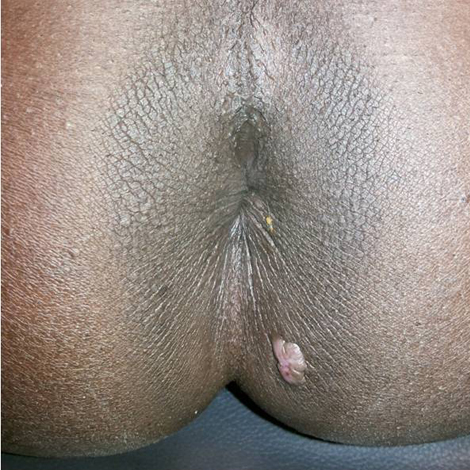
An anal fistula is a small channel that can develop between the end of the bowel and the skin near the anus. An anal fistula can cause bleeding and discharge when passing stools – and can be painful. An anal fistula can occur after surgery to drain an anal abscess. In some cases, an anal fistula causes persistent drainage. In other cases, where the outside of the channel opening closes, the result may be recurrent anal abscesses. The only cure for an anal fistula is surgery.
Fissures can also be caused by a rectal exam, anal intercourse, or a foreign object. In some cases, a fissure may be caused by Crohn’s disease. Many experts believe that extra tension in the two muscular rings (sphincters) controlling the anus may be a cause of fissures. The outer anal sphincter is under your conscious control. But the inner sphincter is not. This muscle is under pressure, or tension, all of the time. If the pressure increases too much, it can cause spasm and reduce blood flow to the anus, leading to a fissure. This pressure can also keep a fissure from healing.
Usually, a clinical evaluation – including a digital rectal examination – is sufficient to diagnose an anal fistula, but some patients may require additional tests to screen for:
In rare cases, an examination may be done under anaesthesia. The doctor may also ask for an ultrasound, a CT scan or an MRI.